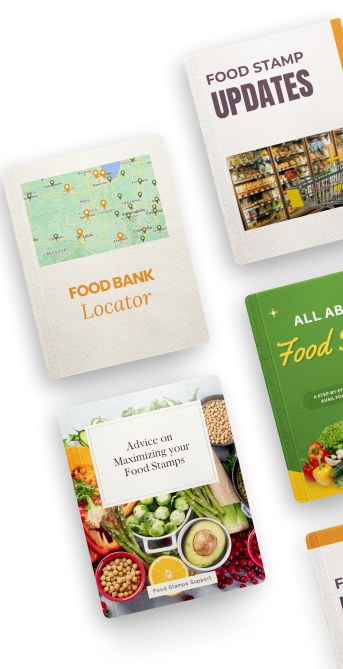Federal Rental Assistance Programs: How to Find Help
The federal government offers a number of rental assistance programs to help those struggling to find affordable housing. With rents skyrocketing and housing prices pushing many buyers out of the market, the struggle to find affordable rental housing continues to be a growing problem.
Income requirements for these programs are set at state and local levels because the average income and cost of housing vary so greatly from region to region. Anyone interested in determining if they qualify for housing assistance will need to contact their local or state housing agency to assess whether their income level meets local standards.
Start with Housing Counseling Services
Before wading into the murky waters of different rental assistance programs all alone, those looking for rental assistance might consider contacting a nearby housing counseling service. These Department of Housing and Urban Development (HUD) participating agencies have been providing housing counseling services for more than 50 years.
Though these counseling services are not available in every community, each state generally will have several authorized counseling agencies that can provide assistance via telephone if they are not located near where the renter lives.
Housing counseling agencies can be found by searching by ZIP code or state on the HUD website.
HUD Rental Assistance Programs
HUD-sponsored rental assistance programs operate through state and local public housing agencies with programs offered for low-income individuals or families, Native Americans, the elderly, and persons with disabilities. The three basic programs offered by these public housing agencies are: ÂÂ
- Public housing: Some 3,300 public housing agencies across the country offer housing, from single-family homes to large apartment complexes, that serves approximately 1.2 million households. Rent is based upon gross income with different factors involved, but rent will never total more than 30 percent of a person's or family's gross income.
- Subsidized housing: HUD also works with a network of privately owned properties that agree to provide reduced rents for eligible renters. These owners often receive tax credits or subsidies that allow them to accept a lower rent while still maintaining adequate facilities for low-income, elderly, Native American, or renters with disabilities.
- Housing voucher program: Also known as Section 8, the housing voucher program provides a voucher to the renter to find any private rental unit within the jurisdiction of the public housing agency the renter applies through. Before approving a location, the agency will ensure the rent the landlord seeks is reasonable for the facility and the location. If the rent is more than the voucher, the tenant will pay the difference.
HUD also provides inspections of all properties involved in the three rental programs to ensure low-income residents are provided with adequate housing and landlords are not taking advantage of the system.
For public and subsidized housing, HUD performs inspections every 1-3 years, depending upon how well the units have been maintained during previous inspections. For the housing voucher program, HUD requires an inspection before the tenant is allowed to rent the unit and then provides inspections every 1-2 years after that.
Emergency Rental Housing Assistance
During the pandemic, the federal government approved additional money for emergency rental assistance. This money was distributed through states with the assistance intended to end when the money was completely given out.
Several states were able to extend the program into the summer of 2022, but by the end of July, any unspent funds were required to be sent back to the U.S. Treasury Department. The treasury has agreed to send those remaining funds to tribes, tribally designated housing agencies, and Hawaiian home land programs through September with the requirement that the money is spent by the end of December.

















